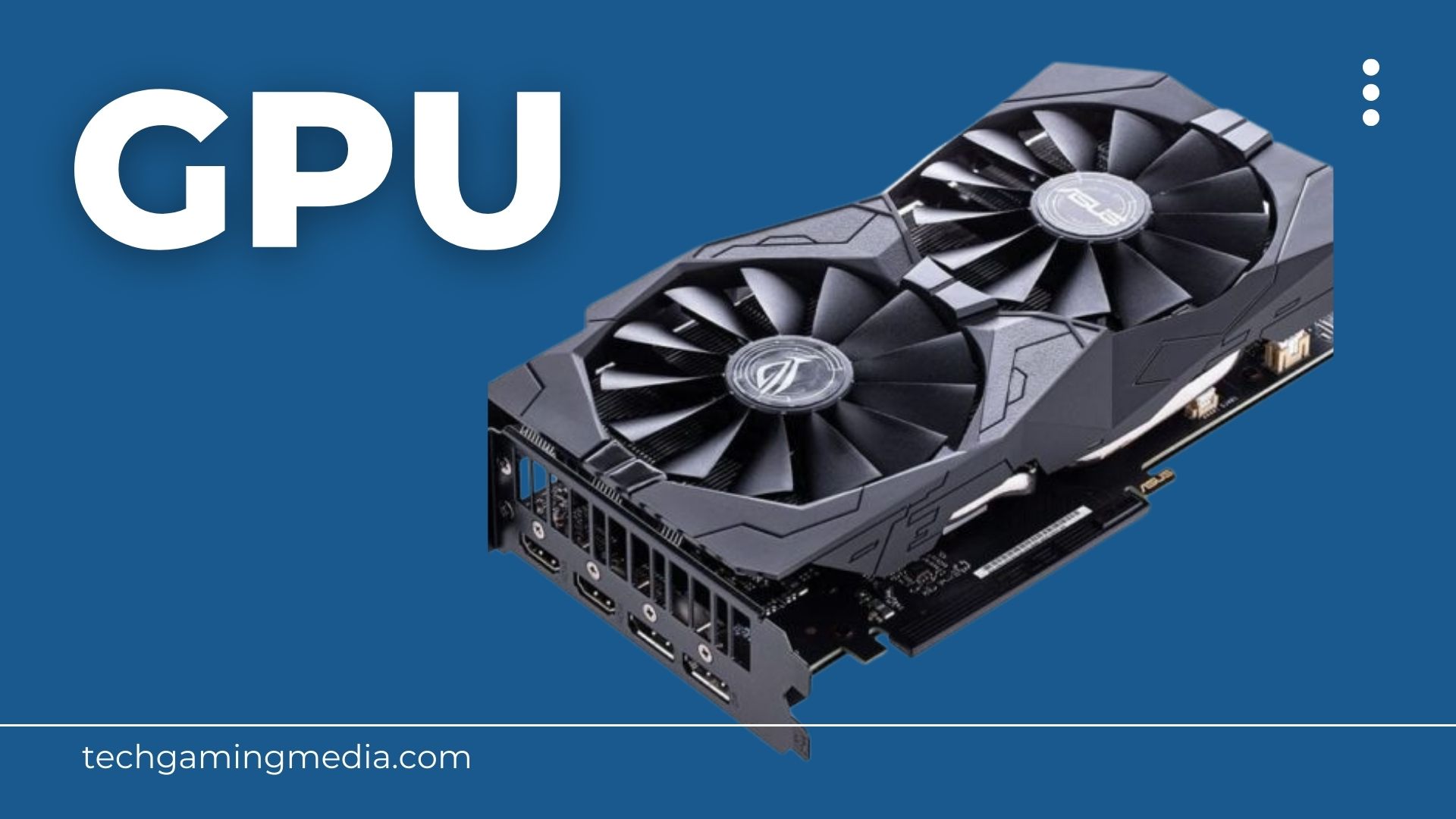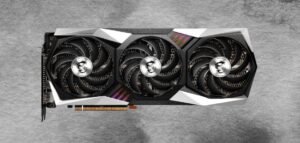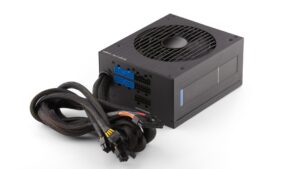How GPUs Are Made? Step-by-Step Production Process
Understanding the intricate process of how GPUs (Graphics Processing Units) are made unveils the sophisticated engineering behind these essential components of modern computing. From initial design concepts to final production, the creation of GPUs involves a meticulous step-by-step process that integrates advanced semiconductor technology and precise manufacturing techniques. This process encompasses designing complex architectures, fabricating semiconductor wafers using cutting-edge lithography, and assembling individual components into functional GPU units. Each stage requires expertise in materials science, electrical engineering, and computer architecture to ensure GPUs meet stringent performance standards and power efficiency requirements. Exploring this production journey not only highlights the technological marvels driving graphics innovation but also underscores the collaborative efforts of engineers and manufacturers in delivering high-performance GPUs that power everything from immersive gaming experiences to cutting-edge scientific computations.
Understanding the Basics of GPU Architecture:
Before we embark on our exploration of GPU manufacturing, understanding GPU architecture is crucial for anyone looking to optimize their system for gaming, rendering, or machine learning tasks. At its core, the GPU (Graphics Processing Unit) is designed to handle parallel processing, making it ideal for tasks that require the simultaneous execution of multiple operations. Unlike CPUs, which excel at sequential tasks, GPUs are built with hundreds or even thousands of smaller cores that work together to process large chunks of data at once.
Key components of GPU architecture include the Streaming Multiprocessors (SMs), which are responsible for executing instructions, and the memory hierarchy, which includes high-speed VRAM (Video RAM) used for storing textures, frame buffers, and other data. Modern GPUs also support features like ray tracing, AI-driven tasks, and compute-intensive workloads. A strong understanding of GPU architecture helps users make informed decisions about which GPU best suits their specific needs, ensuring maximum performance and efficiency.
1. Design and Architecture:
The creation of a GPU begins long before any physical manufacturing takes place. The first step is to define the GPU’s architecture. This process involves designing the layout of the chip, determining how many cores it will have, its memory configuration, power consumption, and how it will interact with other components like the CPU and motherboard.
a) Core Design:
At the heart of the architecture are the cores. GPUs contain hundreds or even thousands of smaller processing cores, which work in parallel to execute multiple tasks simultaneously. These cores, often referred to as CUDA cores (for NVIDIA GPUs) or Stream Processors (for AMD GPUs), are designed to handle different kinds of calculations needed for rendering images, running AI algorithms, or performing simulations.
b) Other Components:
In addition to cores, GPUs include a memory controller, cache, and support for different memory types (e.g., GDDR6, HBM2). The design also specifies the number of execution units, clock speed, and bandwidth requirements to ensure the GPU performs optimally for various tasks, from rendering 3D graphics to running machine learning models.
The design process typically involves using Computer-Aided Design (CAD) software and simulation tools to validate the architecture’s performance. Engineers test the GPU design in virtual environments to ensure it meets performance goals before moving on to the next phase.
2. Silicon Wafer Production:
Once the architecture is finalized, the next step is to produce the silicon wafer. Silicon is the primary material used to make semiconductor chips, and it’s extracted from quartz sand. The production of a silicon wafer involves several steps:
a) Purification and Crystallization:
Silicon starts as sand, which is purified through a high-temperature chemical process to remove impurities. The purified silicon is then melted down and slowly cooled to form large crystals. These crystals are grown into cylindrical shapes, called ingots, which are sliced into thin wafers.
b) Wafer Preparation:
The silicon wafer must be carefully polished and cleaned before it can be used to make the GPU. The wafer’s surface is flattened to ensure that the photolithography process (which we’ll discuss next) can create precise patterns for the transistor structure.
3. Photolithography and Etching:
The next step is to transfer the GPU’s design onto the silicon wafer. This is where the process starts to get technical and highly precise.
a) Photolithography:
Photolithography is the process of using light to transfer a pattern (designed in the first step) onto the surface of the silicon wafer. The wafer is coated with a layer of light-sensitive material called photoresist. A mask containing the design of the GPU is placed over the wafer, and ultraviolet light is used to expose the photoresist in specific areas. This process defines the intricate circuitry of the chip, creating patterns of transistors, capacitors, and other components.
b) Etching:
Once the photoresist is exposed, it is developed to leave behind a pattern that corresponds to the GPU’s design. The wafer is then subjected to an etching process, where chemicals are used to remove the unexposed areas of photoresist, leaving the design etched into the silicon. This process is repeated multiple times, with each layer adding more complexity to the chip.
c) Doping:
Doping is the process of adding impurities to specific areas of the silicon to alter its electrical properties. This allows the silicon to function as a semiconductor, enabling the precise control of electrical signals. Different materials, such as phosphorus or boron, are introduced to create regions of positive or negative charge within the silicon, essential for transistor function.
4. Layering:
Building a modern GPU requires multiple layers of circuitry to handle various tasks like computation, memory management, and power delivery. Each layer of the chip is carefully deposited and etched, one at a time, to create the complete structure.
a) Metal Layers:
After the transistors and other components are formed, the chip is covered with metal layers, which provide the electrical connections between components. These layers are also etched to form paths that allow data to flow through the chip.
b) Testing and Refining:
During the manufacturing process, chips are frequently tested to ensure that each layer is correctly formed. Any imperfections or defects are identified and addressed at this stage to avoid producing faulty chips.
5. Packaging:
Once the silicon wafer has been processed into a finished chip, it must be packaged to protect it and allow it to be connected to the rest of the computer system. The chip is carefully cut from the wafer, and the individual dies (chips) are attached to a substrate, which is a base that holds the chip in place.
a) Attaching to PCB:
The GPU die is then placed on a Printed Circuit Board (PCB), and microscopic wires are used to connect the chip to the board’s electrical pathways. The PCB provides the necessary power and data connections between the GPU and the rest of the system, such as the CPU, memory, and power supply.
b) Cooling Solutions:
Many high-performance GPUs require additional components to manage heat. As such, modern GPUs often come with cooling solutions, such as fans, heatsinks, or even liquid cooling systems. These solutions help keep the GPU at optimal temperatures during heavy workloads.
6. Testing and Quality Control:
Once the GPU has been fully assembled, it undergoes rigorous testing to ensure it performs as expected. These tests include:
- Functional Testing: Verifying that the GPU works as intended, including running software and performance tests to check clock speeds, power consumption, and core functionality.
- Stress Testing: Testing the GPU under extreme conditions, such as maximum load and high temperatures, to ensure it can handle demanding workloads without failing.
- Burn-In Testing: Running the GPU for extended periods to ensure long-term reliability.
7. Distribution and Assembly:
Once the GPUs are tested and verified, they are ready to be shipped to manufacturers who integrate them into graphics cards. These cards include the GPU chip, VRAM (video memory), power connectors, and cooling solutions. The final GPU cards are then packaged, shipped to retailers, and distributed to consumers.
Conclusion: How GPUs Are Made?
The process of making a GPU is a highly intricate and technologically advanced procedure that involves numerous steps, from initial design to final assembly. It requires precision engineering, cutting-edge tools, and the collaboration of many different disciplines. Each step, from photolithography to testing, contributes to creating a component capable of delivering the immense power needed for modern gaming, AI, and computational tasks. The next time you fire up a game or render a video, remember the sophisticated manufacturing process that makes it all possible.
FAQs
Q. What type of memory does a graphics card use?
- A graphics card uses fast GDDR memory specifically designed for graphics processing, with the latest cards using GDDR6 which provides ultra-high bandwidth.
Q. How many fans does a graphics card have?
- Most graphics cards have either 2 or 3 cooling fans to actively dissipate heat from the GPU chip and keep temperatures in a safe range during graphics-intensive tasks.
Q. Which brand makes the best graphics cards?
- Top brands like NVIDIA and AMD produce high-quality cards, with NVIDIA’s GeForce and AMD’s Radeon being the main competitors, offering similar performance at different price points.
Q. Do I need a powerful graphics card for gaming?
- For smooth performance with modern games, a mid-range or better graphics card is recommended that is capable of running 3D games at your desired resolution and quality settings without lag or stuttering.
Q. How often do graphics cards need to be upgraded?
- For most gamers, a graphics card upgrade every 2-3 years is common as new demanding titles come out and performance improvements are made, but some cards can last longer at lower graphical settings.
Last Updated on 26 January 2025 by Ansa Imran

Ansa Imran, a writer, excels in creating insightful content about technology and gaming. Her articles, known for their clarity and depth, help demystify complex tech topics for a broad audience. Ansa’s work showcases her passion for the latest tech trends and her ability to engage readers with informative, well-researched pieces.







